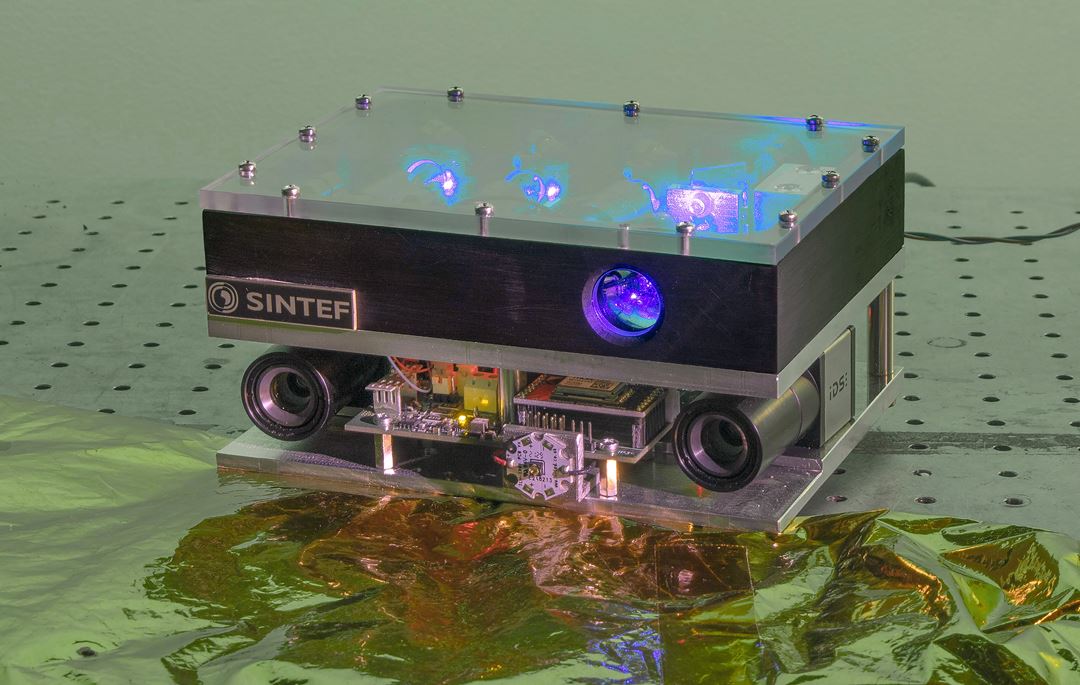For terrestrial use cases, 3D imaging is becoming a mainstream technique suitable for both inspection, navigation and robotic interaction. However, for space-based applications, only very few 3D-cameras are available and none of these provide the high-resolution 3D data required for robotic interaction.
In recent years, several mission concepts have emerged where robotic interaction would be a requirement. These include in-orbit operations such as lifetime extension for satellites (refueling, maintenance and repair), debris removal / de-orbiting, inspection and assembly, or planetary rover missions such as moon exploration. All of these missions would require a high-performance 3D camera.
In ESA Structured Light, we have developed such a 3D camera suitable for space misisons, by addressing the need for radiation tolerance, sunlight immunity, compactness, robustness, low power and small mass and size. All high-performance 3D cameras consist of one or more cameras in conjunction with projection of temporally or spatially encoded light. Our camera consists of a stereo camera pair and a novel light projection unit developed within the project. The key component in the projection unit is a MEMS micro-mirror developed at SINTEF MiNa-lab. The robustness of this mirror makes it highly suitable in the rough environment of space, safely passing radiation tests (100 krad), thermal cycling (-40 - +70 °C) and vibration test (20 G). Moreover, its excellent positioning capabilities and small size makes it possible to construct an extremely small and high-performing projection unit.
The camera has been tested at the Orbital Robotics facility at Thales Alenia Space – France, and demonstrates 3D data quality in the 100 µm – range.


